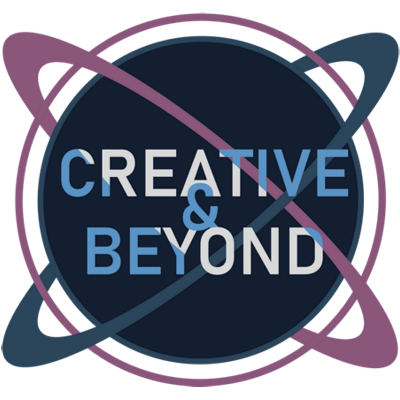The Endless Creative - part 6 - The Lie
Welcome to part six of an ongoing series based on my book, The Endless Creative.
If you’re just tuning in, I recommend starting at part one.
The Lie
We ended the last segment with a question: What does your own story arc look like?
I hope you’ve given it some thought. If you have, great! If not, don’t worry, there’s still time.
One excellent example of taking a step back and examining life in the context of story can be found in Donald Miller’s book A Million Miles in a Thousand Years, in which Miller shares his experience of making a movie out of his life and the valuable lesson he learned through the process.
Miller discovered that the elements of a great story also make a great life. He set out on a personal journey and decided to radically change his lifestyle by taking risks and making sacrifices in order to live a good story.
As we said, every story is about a character with a problem—one that’s rooted in a lie. Miller was determined to change by confronting the lies in his own life, ones which had previously convinced him that the best kind of life was one that valued safety and security above all else.
Have you ever considered the lies you might be holding on to and how they direct your daily life? Oh, so you’re a perfectly realized human being and have never been deceived in any way? Right. Well then, what about the lies affecting the world around you?
With that in mind, here are a few commonly held lies I’d like you to consider:
Change is bad.
Creativity isn’t important.
Creativity isn’t worth the effort.
Only artists can be or need to be creative.
I (you) don’t need to change.
I can’t be creative.
Those can be some tough ones and even I continue to struggle with them at times. Whether you outright accept or reject the above statements (or aren’t yet sure), have you noticed we live in a world that often fears change, takes the easy path of conformity, relegates creativity to a select few, and looks down upon those who do not conform to these views?
We will address many lies in this book and their corresponding truths, but first, let’s get the big question out of the way: can you be creative?
The answer, of course, is yes.
You already are.
Let’s get down to the essentials: to create is to make something new. It doesn’t get any simpler. A creative does just that. Was there any time in your life when you came up with something new, regardless of how significant it seems? (Big hint: the answer, again, is yes.) If so, then you have been and are creative.
With that perspective, you needn’t be an artist to be a creative. You don’t have to possess a certain set of skills or even one of those fancy French painter hats. You just have to be bold enough to make new things in new ways. Elizabeth Gilbert puts it this way in Big Magic:
When I talk about “creative living” here, please understand that I am not necessarily talking about pursuing a life that is professionally or exclusively devoted to the arts. When I refer to “creative living,” I am speaking more broadly. I’m talking about living a life that is driven more strongly by curiosity than by fear.
And while the paths and outcomes of creative living will vary widely from person to person, I can guarantee you this: A creative life is an amplified life. It’s a bigger life, a happier life, an expanded life and a hell of a lot more interesting life. Living in this manner is a fine art, in and of itself.
Everyone is creative to some degree, but not everyone takes time to develop or exercise their creative ability. Why is that?
As Steven Pressfield discusses in his book The War of Art, there is a natural resistance to creativity—an opposition from within. One form of this resistance is tension.

